Matsuri: The Ultimate Guide to Festivals!
James Lau
Posted on July 12, 2024
Share:
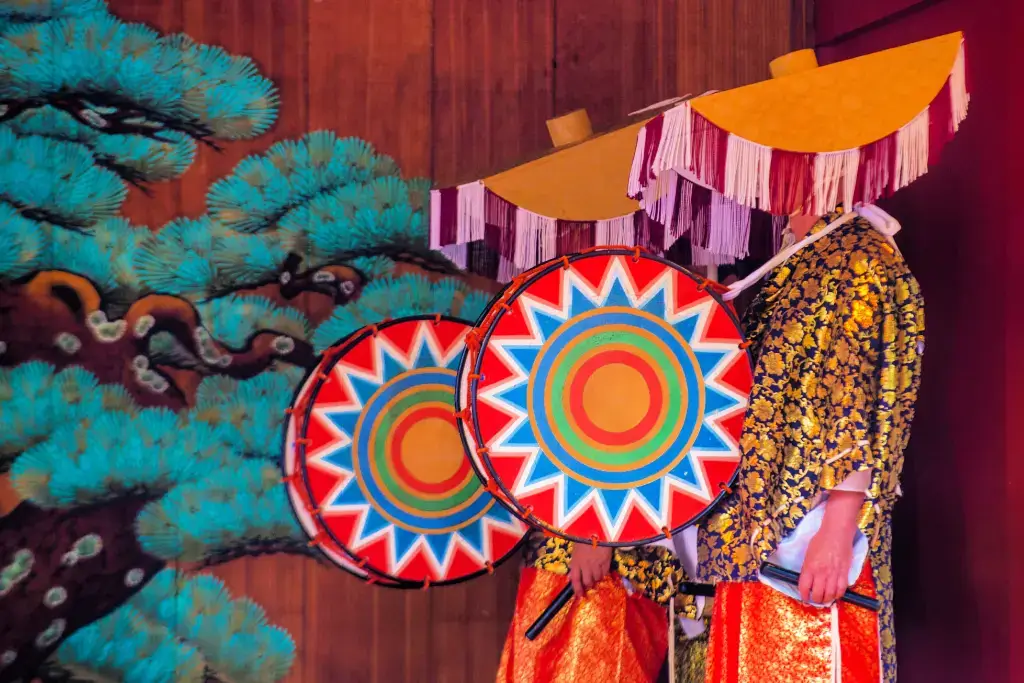
Matsuri, or festivals, are a cornerstone of Japanese culture. These events feature rituals, parades, and lively festivities. Whether admiring cherry blossoms, honoring ancestors, or enjoying the harvest moon, a matsuri provides an unforgettable cultural experience. With each festival’s customs and celebrations, there’s always something new to discover!
What is a matsuri?
A matsuri is often tied to religious events and varies based on the shrine and the god worshipped. These festivals usually involve a solemn ritual and a lively celebration. The ritual includes purification, calling on the deity, offering, and praying. Afterward, a celebration follows with feasts, dancing, performances, and sports like sumo wrestling.
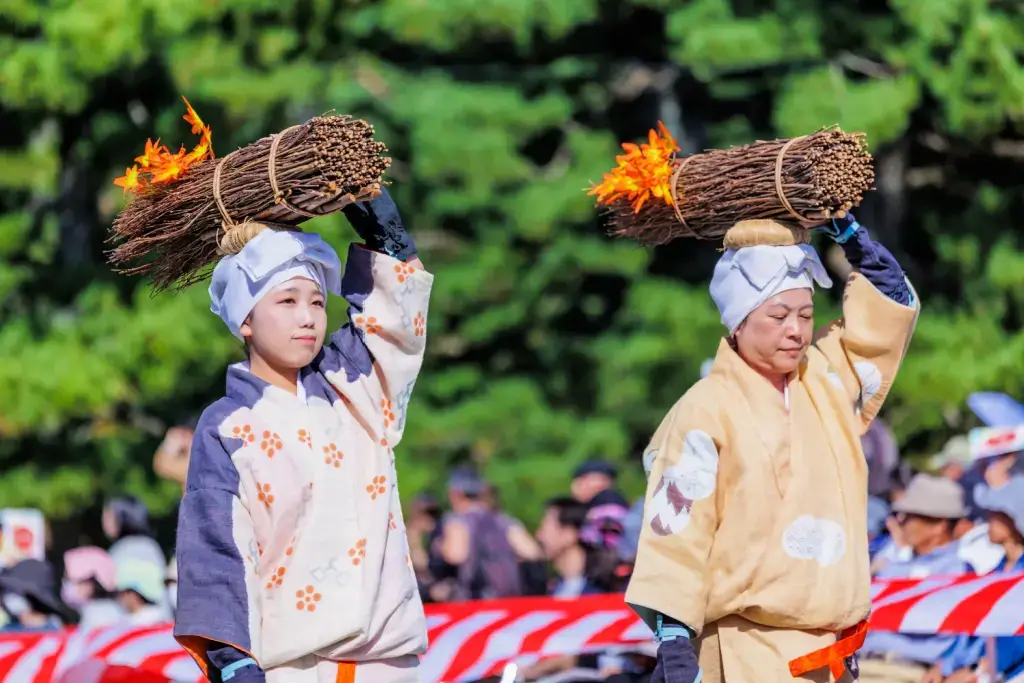
During a matsuri, participants purify themselves through abstinence and bathing. The kami, or deity, is invited to enter its symbol in the shrine with a ritual involving drums or bells. Generally, people carry the deity in a mikoshi or a portable shrine, blessing the areas along its route. The festival also features beautifully decorated floats, making the event colorful and engaging for the community.
Hanami
Hanami means “flower viewing,” but it usually refers to admiring cherry blossoms. During these events, people enjoy looking at the beautiful blossoms on trees. Hanami can also be a simple walk in the park or a picnic party under the blooming trees. However, famous spots get crowded, and people often reserve picnic spots early by spreading a sheet and marking it with their group’s name.

Hanami is a time to gather with family and friends to appreciate the beauty of cherry blossoms, which also bloom near castles, temples, and shrines. In some places, the blossoms are lit in the evening, creating a stunning view. Hanami parties have a long history and are held in parks and gardens across Japan. However, to have a pleasant Hanami experience, respect the trees, take your garbage home, and follow the park rules.
Obon
Obon is a Japanese holiday for honoring ancestors, who are believed to return temporarily to visit their living relatives. People generally celebrate by hanging lanterns, performing bon odori dances, visiting graves, and making food offerings. At the end of Obon, floating lanterns are lit to guide spirits back to their world. Obon is usually observed from August 13 to 16. Therefore, it’s one of Japan’s major holidays, leading to increased travel and higher accommodation rates.
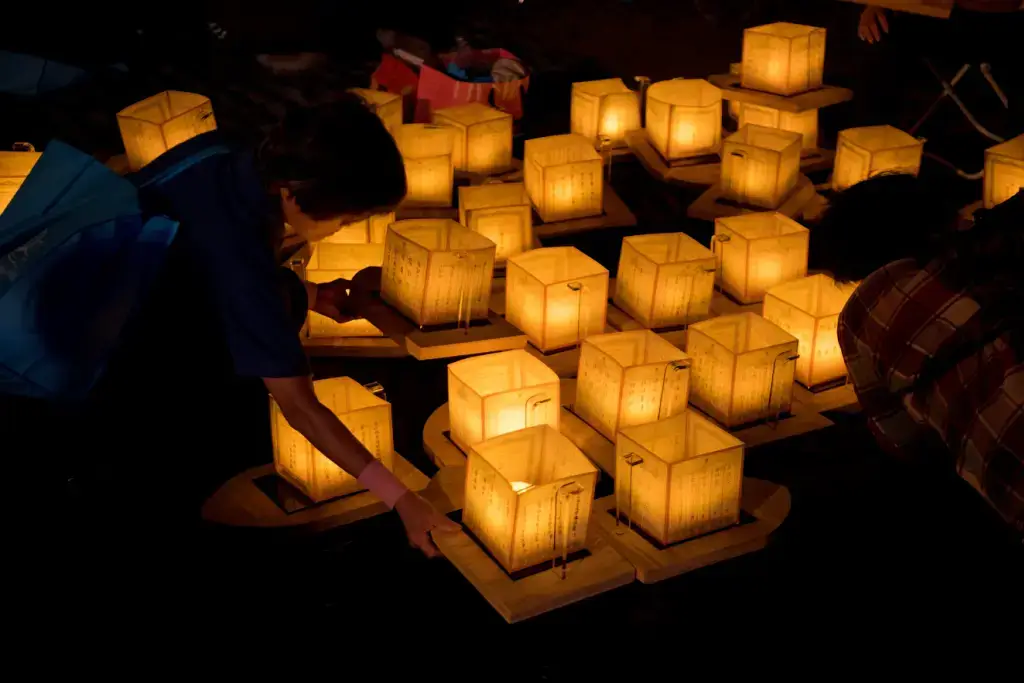
During Obon, families gather to remember their ancestors through various rituals and festivals. They may prepare ornaments representing a horse and a cow, light fires to guide spirits and clean gravestones. On the last day, families bid farewell with traditional lanterns and sometimes participate in events like bonfires or floating lanterns. Bon odori festivals are also popular, featuring traditional dances and music.
Are you looking for great snacks while attending a matsuri? Check out Sakuraco! Sakuraco delivers traditional Japanese snacks, teas, sweets, and snacks from local Japanese makers directly to your door so you can enjoy the latest treats directly from Japan!
Tanabata
Tanabata, or the “star festival,” happens on July 7 or August 7, depending on the region in Japan. This festival celebrates the legend of two stars who meet once a year. People write their wishes on colorful paper strips and hang them on bamboo branches. Tanabata festivals feature traditional music, dance, food stalls, and parades. The biggest celebrations are in Sendai and Hiratsuka, attracting many visitors with their events.

The story of Tanabata comes from a legend about Orihime, a weaver, and Hikoboshi, a cowherd, who the Milky Way separated. They can only meet once a year if they finish their duties. Introduced to Japan in the eighth century, Tanabata became popular during the Edo period. Tanabata is a time to enjoy the summer, connect with loved ones, and hope for dreams to come true!
Tsukimi
Tsukimi, or “moon viewing,” is a Japanese autumn festival celebrating the harvest moon. It originated over a thousand years ago, with people holding parties to admire the moon and give thanks for a good harvest. Traditional tsukimi customs include decorating with pampas grass and eating tsukimi dango. The festival also features seasonal foods like taro, chestnuts, and pumpkin. Some people even believe they see a rabbit pounding mochi on the moon’s surface!
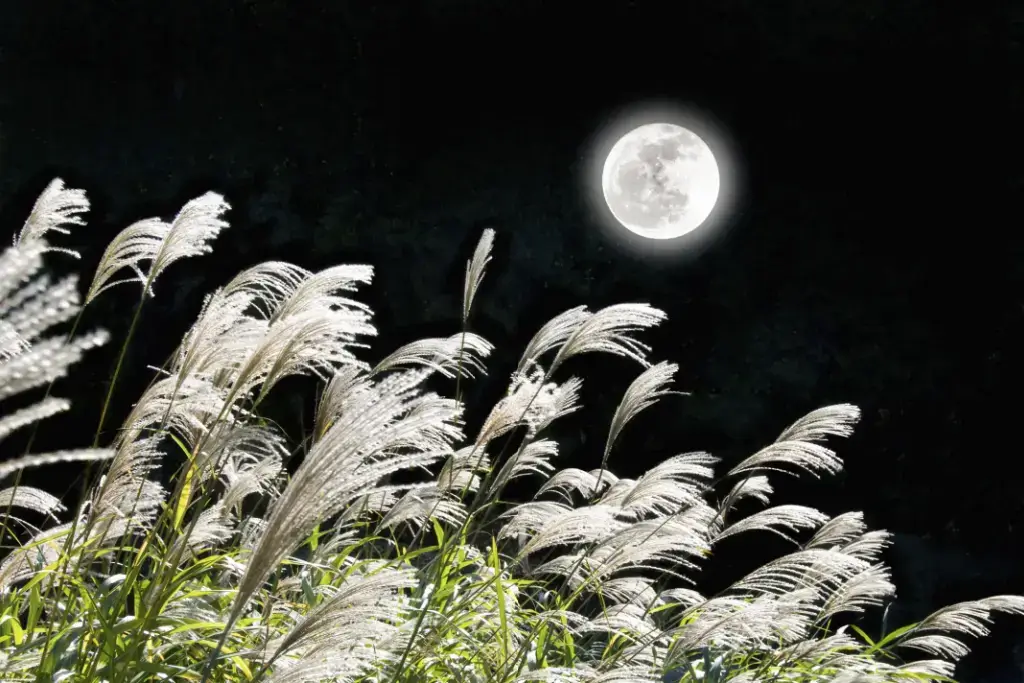
Today, people celebrate Tsukimi with moon-viewing parties, traditional foods, and decorations. Popular events occur at places like Tokyo Tower, Ise Shrine, and Himeji Castle, where people gather to enjoy the moonlight. Modern tsukimi foods also include dishes topped with raw eggs, symbolizing the moon. The festival is a time for social gatherings, music, and poetry, continuing a tradition in Japan for centuries.
Hanamatsuri
In Japan, people celebrate Hanamatsuri, or Buddha‘s Birthday, on April 8th each year, commemorating the birth of Siddhartha Gautama. Japanese Buddhists decorate temples with flowers, giving rise to the festival’s alternate name, “Flower Festival”. A unique Japanese tradition involves pouring ama-cha, a special tea made from hydrangea leaves, over Buddha statues. Some people also drink this concoction as part of the celebration.
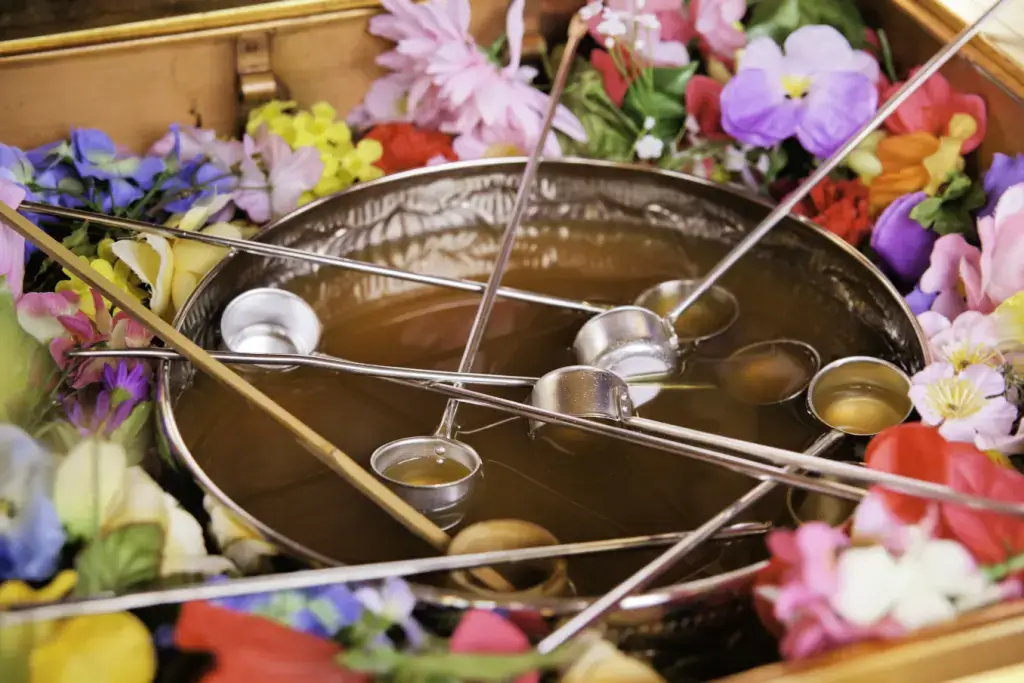
Many Japanese temples host events and festivities for Hanamatsuri, with one of the most popular celebrations taking place at Sensoji Temple in Asakusa, Tokyo. Some temples organize Ochigo processions, where children dress in ornate costumes and carry offerings. The festival often coincides with cherry blossom season, incorporating sakura in decorations and reinforcing its connection to spring and renewal in Japanese culture. While Hanamatsuri is an essential Buddhist observance, it tends to be quieter than other Japanese celebrations, attracting smaller crowds.
Why should I go to a matsuri in Japan?
Attending a matsuri is a unique opportunity to experience the heart of Japanese culture and tradition, with history and spirituality as its main inspiration. Participating in a matsuri also allows you to witness traditional ceremonies, enjoy local music and dance, and savor regional foods. Additonally, the vibrant atmosphere and the community’s enthusiasm create an unforgettable experience!
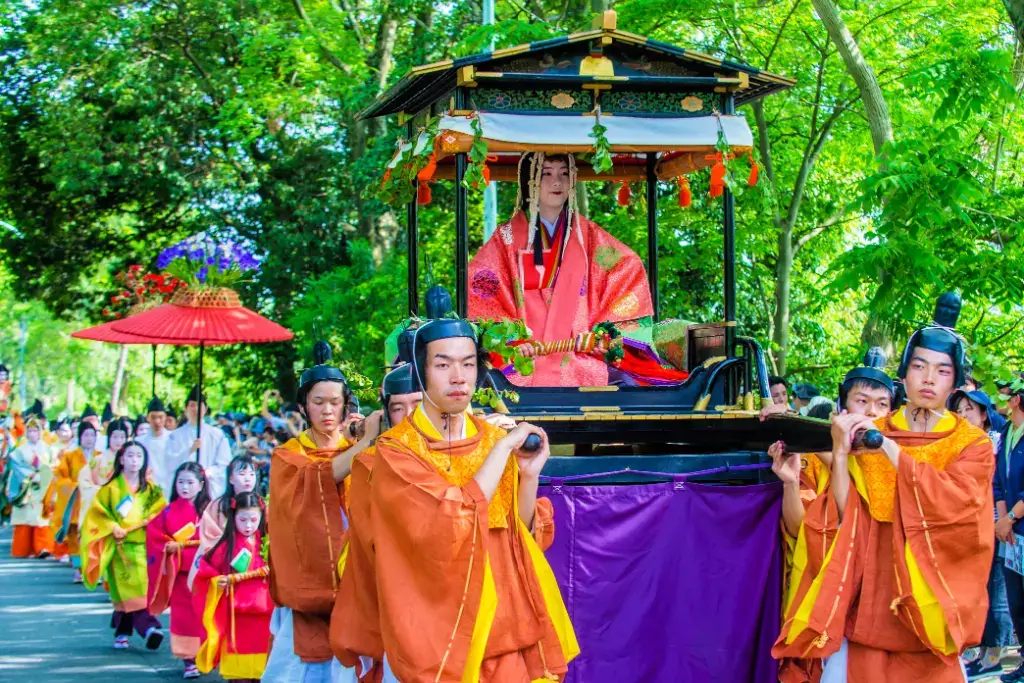
Matsuri are also a time for joy and celebration, bringing people together in unity and festivity. These festivals happen annually, each with its unique theme and customs. You can participate in age-old traditions and create new memories. From the stunning visuals of illuminated cherry blossoms at night to the solemn rituals of honoring ancestors, every aspect will captivate and inspire you!
Whether you’re exploring the vibrant festivals of Hanami, Obon, Tanabata, Tsukimi, or Hanamatsuri, each matsuri offers a unique and unforgettable glimpse into Japan’s rich cultural heritage! Experience the magic of Japanese matsuri and discover a world where tradition and celebration meet! Plan your visit with a matsuri today and create memories that will last a lifetime! Have you ever been to a matsuri? Also, what was it like? Let us know in the comments below!

Discover authentic flavors with Sakuraco
Get Sakuraco 

Discover authentic flavors with Sakuraco
Get Sakuraco 
Related Articles

Japanese Crane Origami: The Magic of Renzuru
In Japan, a simple paper crane carries deep meaning as a symbol of peace, healing, and hope. But take that one crane and connect hundreds into a flowing chain, and you create renzuru, linked origami cranes that transform a single fold into a breathtaking arrangement of color and hope.

Steam Train in Shizuoka: Riding the Oigawa Railway
For travelers who love history, beautiful views, and cozy retro vibes, this steam train is one of Shizuoka’s most charming treasures, with some of the best views. If you want to know more about this train, keep reading below!

Nara Japan: The Amazing Legend of the Sacred Dragon
In Japanese culture, dragons are spiritual beings that represent strength, prosperity, and a harmonious balance with the natural forces. Nara, Japan, has a unique story associated with sacred ponds and revered shrines throughout the region.

Nambu Tekki: Morioka’s Amazing Iron Craft
In the historic city of Morioka, Iwate Prefecture, a craft with over 400 years of history continues to captivate with its rustic beauty and practical charm. Nambu tekki, or Nambu cast iron, refers to traditional ironware, such as teapots, kettles, and decorative pieces, that embody the spirit of Tohoku craftsmanship.



